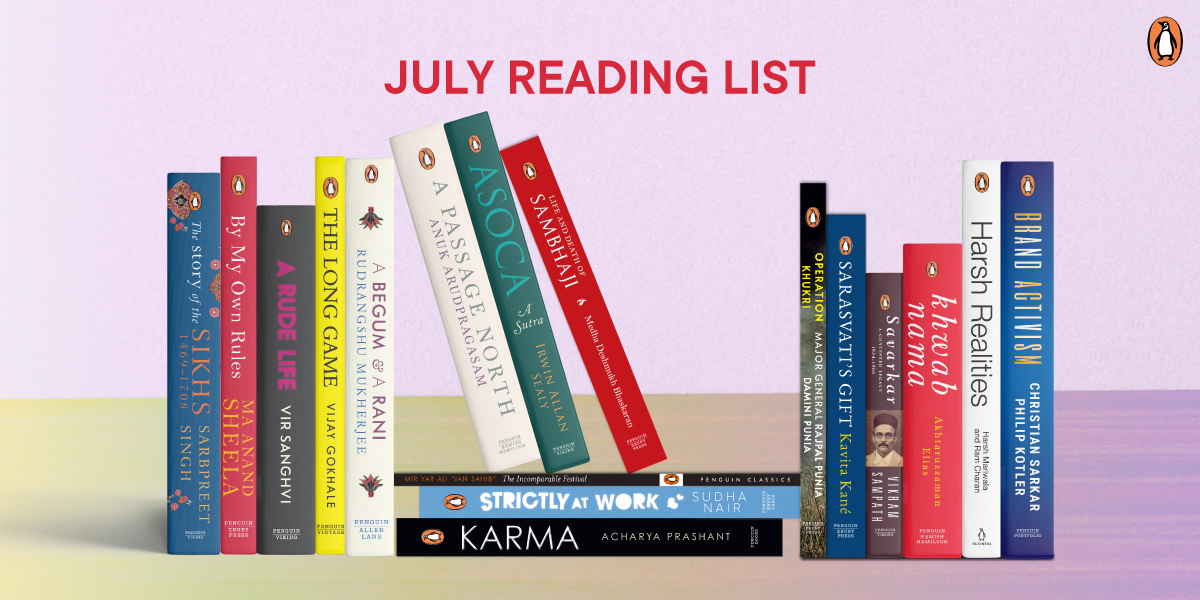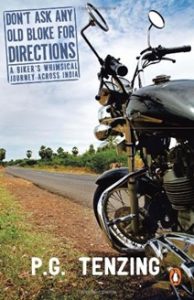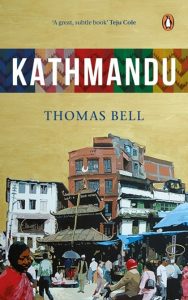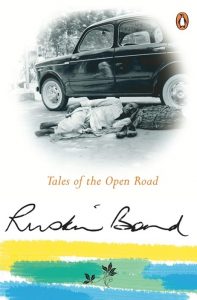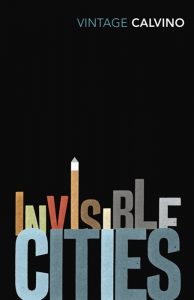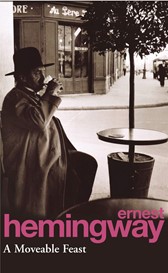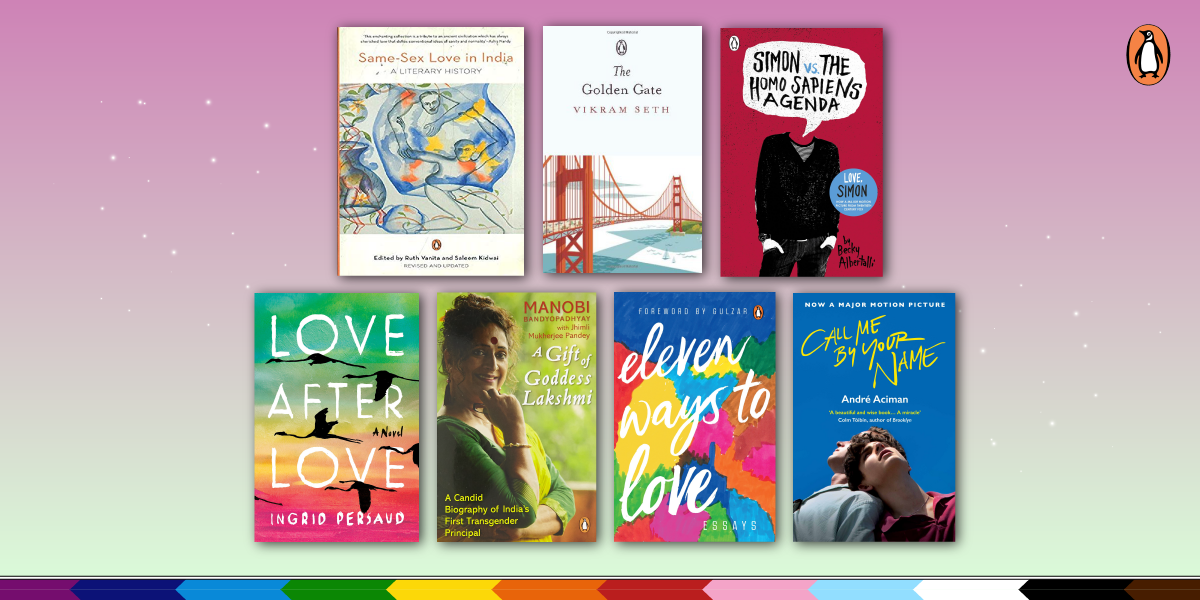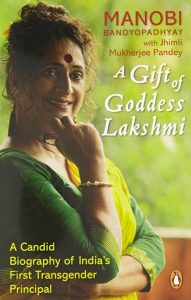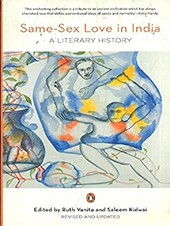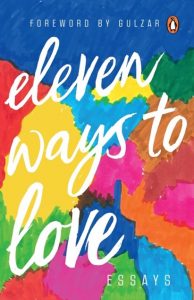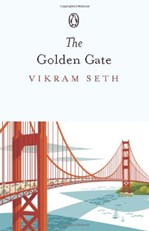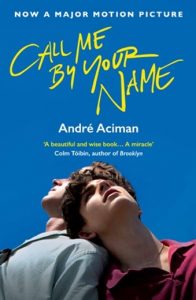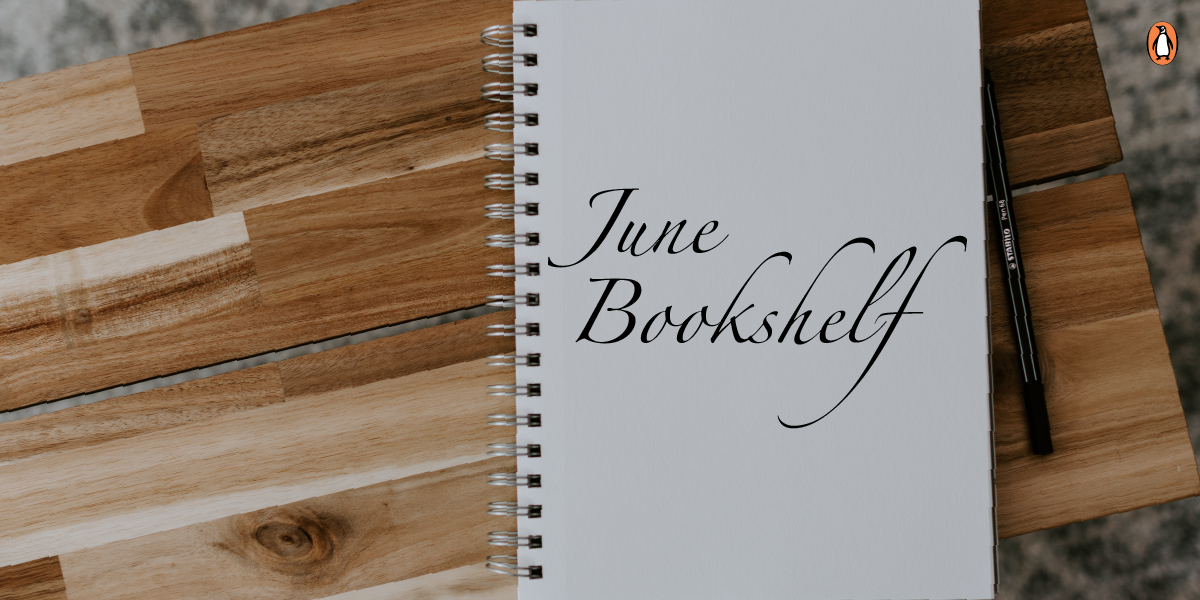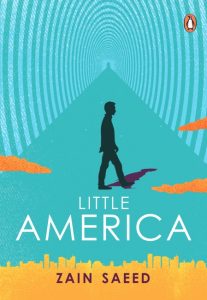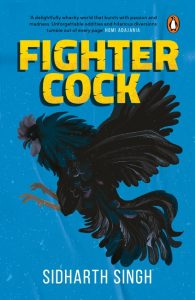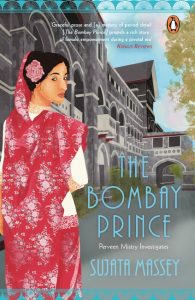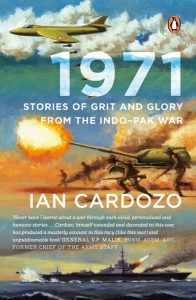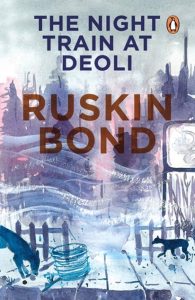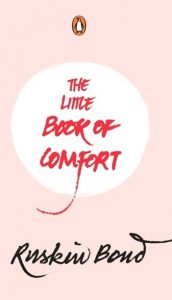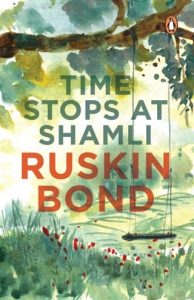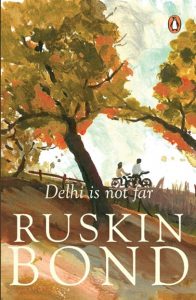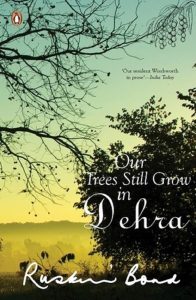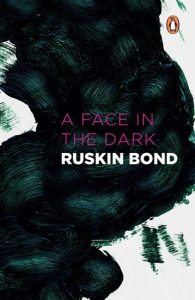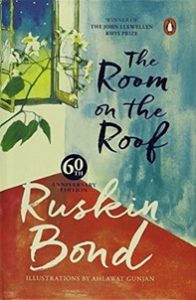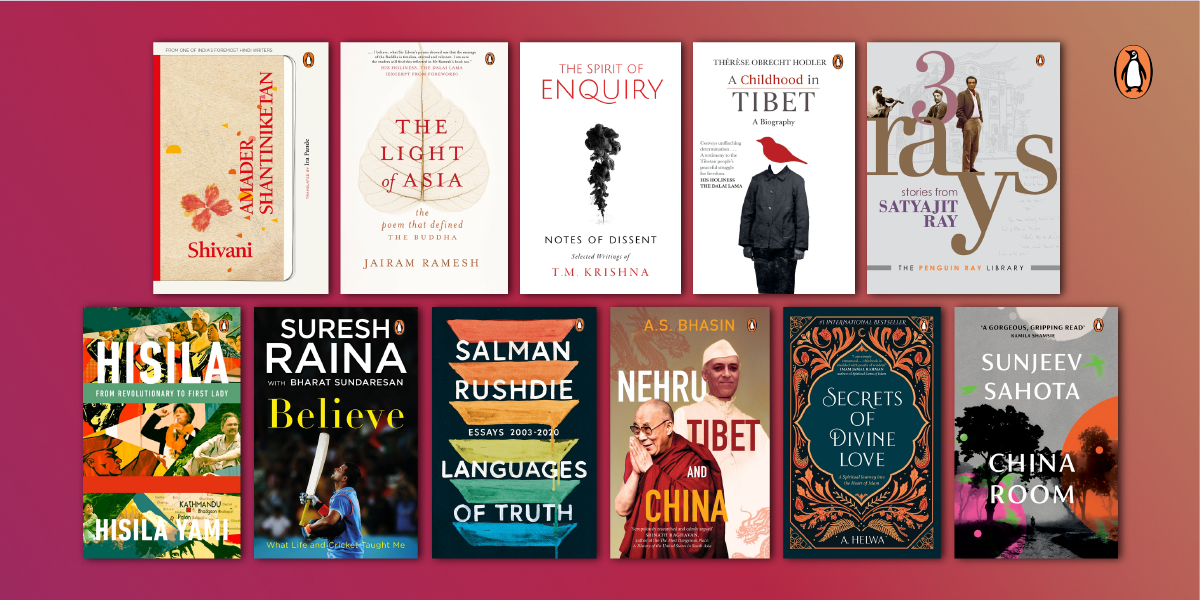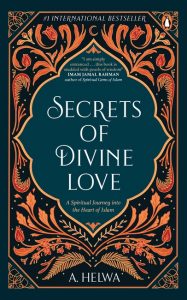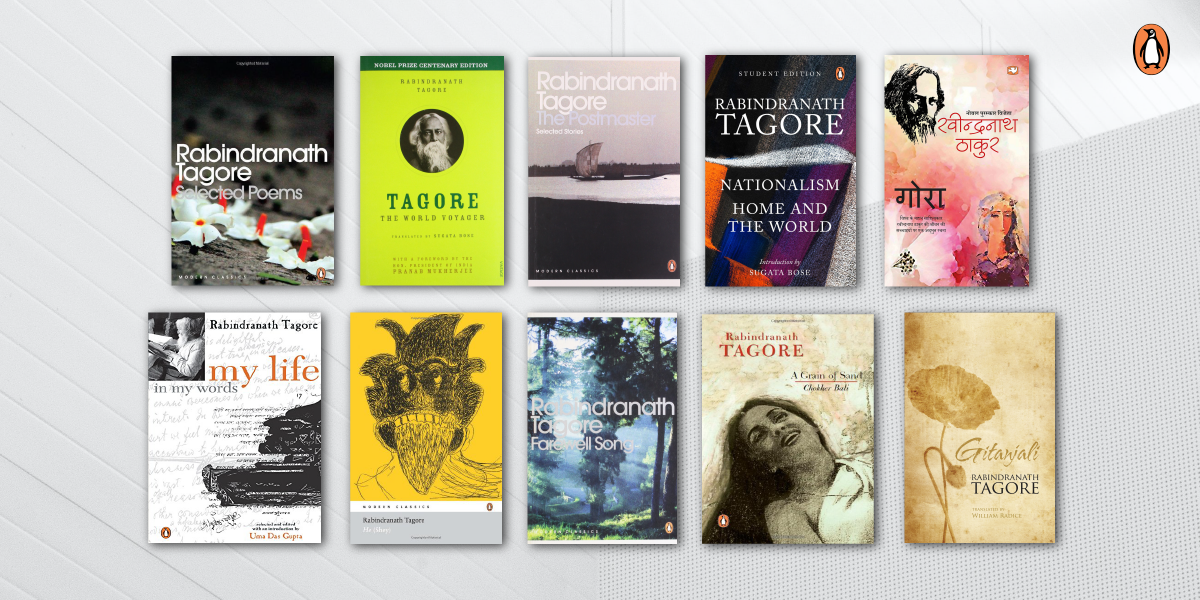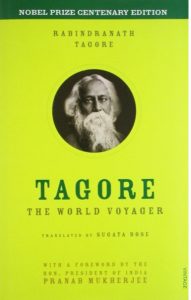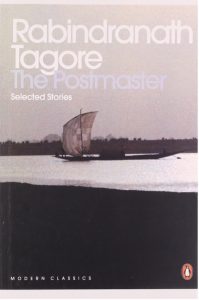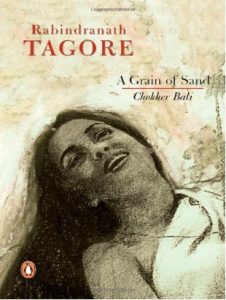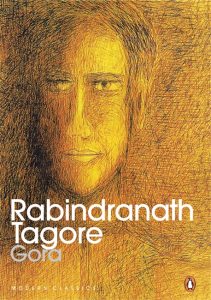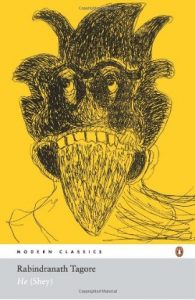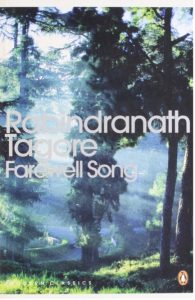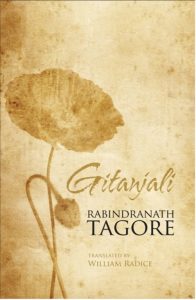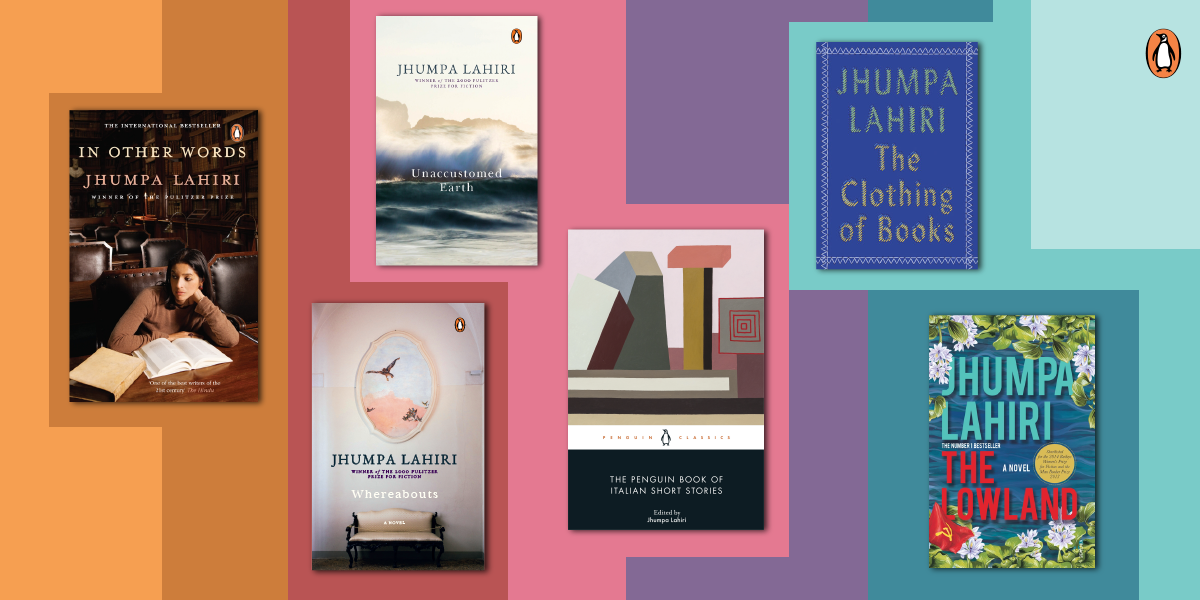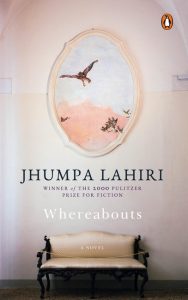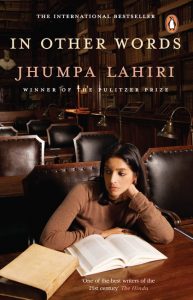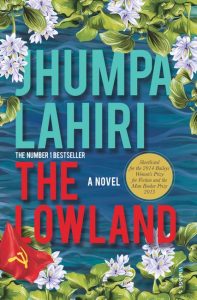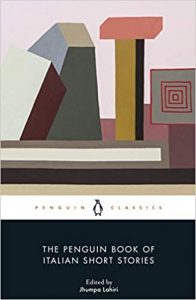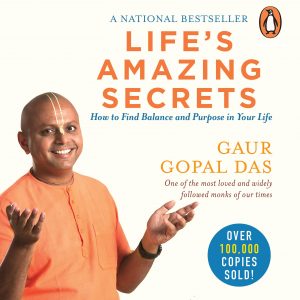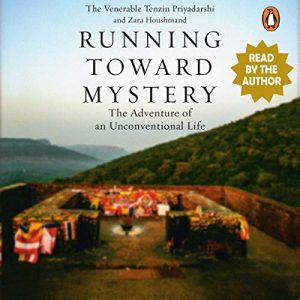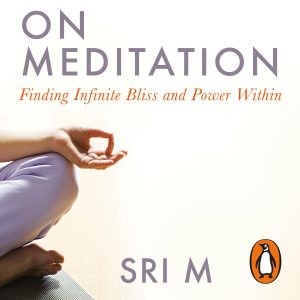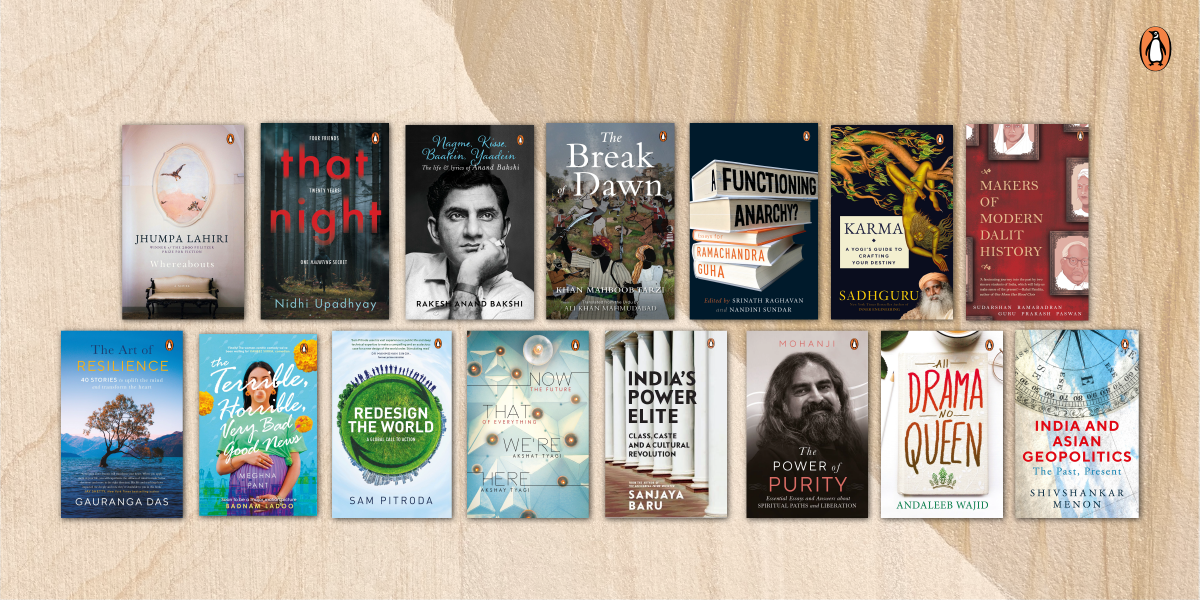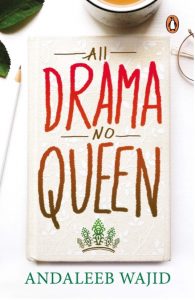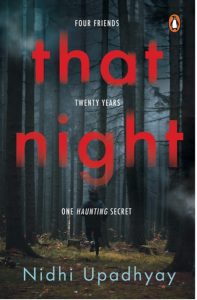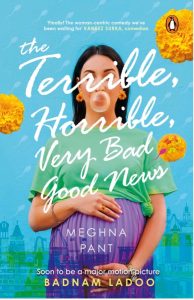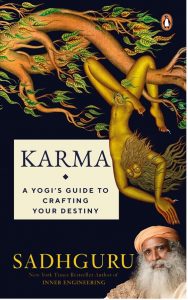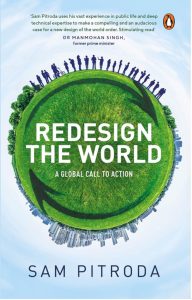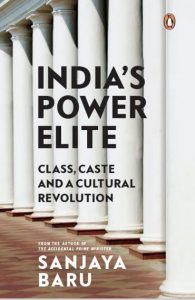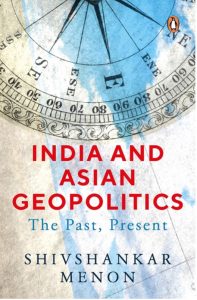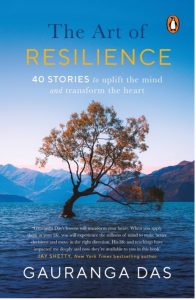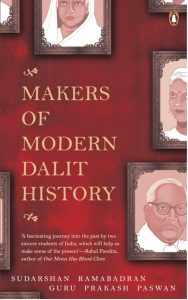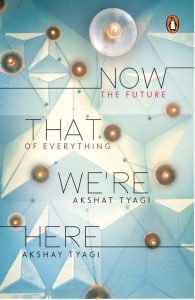The onset of monsoon brings all the book aficionados to the window on balmy mornings, letting them enjoy the whiff of their freshly brewed coffee mixed with the sweet breeze. Nestled in the porch, when the rain makes you feel grey, curl up in a corner with a book or two or maybe six (you may find that, like a chip or a cookie, you can’t stop after one). So, taking care of your moods to suit the light drizzles, heavy showers, and oh-when-will-it-rain-again days, we bring to you our latest releases that are sure to lighten your heart, brighten your days, and enrich your soul.
Are you now ready to rekindle the romance with books this monsoon season?
The Story of the Sikhs

In The Story of the Sikhs, author Sarbpreet Singh helps us reimagine the lives of the Sikh Gurus through a rich narrative that that intricately weaves in selections from the Guru Granth Sahib, the Dasam Granth and epic Braj poetry.
Starting from the birth of the first guru, Guru Nanak, the book charts the lives of the ten Gurus. Through carefully curated stories, the book does not just show the egalitarian ideals and compassionate worldview that have come to define the faith, but also sheds light on the historical context that defined the foundational principles which guided Sikhs during the era of each Guru.
Sarbpreet has deliberately approached this retelling as a storyteller rather than as a student of history in an attempt to make the work accessible and engaging. Immersive and expansive, The Story of the Sikhs is a tour de force that weaves a multi-dimensional tapestry of narrative and poetry.
A Rude Life
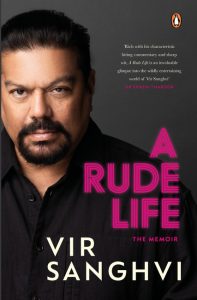
Vir Sanghvi, in A Rude Life, turns his dispassionate observer’s gaze on himself, and in taut prose tells us about all that he’s experienced, and nothing more for he’s still a private man. He unhurriedly recounts memories from his childhood and college years, moving on to give us an understanding of how he wrote his biggest stories, while giving us an insider’s view into the politics and glamour of that time.
This is an explosively entertaining memoir that details one of the most eventful careers in Indian journalism. Studded with a cast of unforgettable characters like Morarji Desai, Giani Zail Singh, Amitabh Bachchan, Dhirubhai Ambani and a host of other prominent political and cultural figures, A Rude Life is a delicious read.
Karma
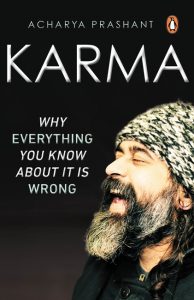
The meaning of ‘Karma’ stands distorted by centuries of misplaced fictionalization. Karma remains a disquieting enigma to the few who refuse to accept compromised notions. This book is for them.
If to live rightly is to act rightly, what then is right action? This has tormented us since ages. The scriptures answer this, but without stooping from their cryptic heights. Nor do they advise how their ancient words apply to the present. Acharya Prashant’s work provides the missing link. He imparts clarity, leaving nothing to conjecture or belief.
Acharya Prashant demolishes ubiquitous beliefs and outdated notions to reveal some simple truths. When we ask, ‘What to do?’, the book handholds us into ‘Who is the doer? What does he want from the deed?’ This shift provides the solutions, and finally the dissolution of the question.
By My Own Rules
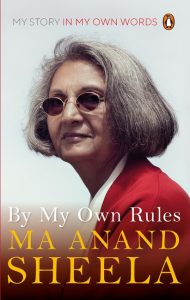
Irrepressible, honest, bold and charming, very few can claim to have lived life on their own terms as Ma Anand Sheela has. Yet controversy continues to follow her. Whether it is her portrayal in Wild Wild Country or the Osho International Foundation’s take on the Netflix series, a wide spectrum of opinions has cloaked for too long the real Sheela Birnstiel. In the 1980s, she was the personal secretary of Bhagwan Shree Rajneesh and managed the Rajneesh commune in Wasco County, Oregon, USA. She was eventually sentenced to prison, served her time and walked out in three years.
Today, she runs homes for the disabled and the elderly in Switzerland. Almost three decades later, she is still in love with Bhagwan and his teachings. From rebuilding her life from scratch in Switzerland to an interview with Karan Johar on her grand return to India, she is adored and vilified by the world at the same time. In her memoirs, By My Own Rules, Ma Anand Sheela bares all-her life, her lessons, her beliefs, her inspiration and what makes her live life on her own terms.
Operation Khukri
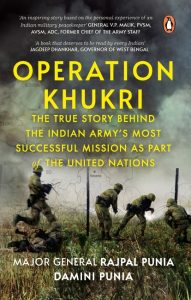
This is the true story behind the Indian Army’s Most Successful Mission as part of the United Nations. The year was 2000. Sierra Leone, in West Africa, had been ravaged by years of civil strife. With the intervention of the United Nations, two companies of the Indian Army were deployed in Kailahun as part of a United Nations peacekeeping mission.
Soon, the peaceful mission turned into a war-like standoff between Major Punia’s company and the Revolutionary United Front (RUF) rebels in Kailahun, with the Indian peacekeepers cordoned off for seventy-five days without supplies. The only way home was by laying down their weapons.
Operation Khukri was one of Indian Army’s most successful international missions, and this book is a first-hand account by Major Rajpal Punia, who, after three months of impasse and failed diplomacy, orchestrated the operation, surviving the ambush of the RUF in a prolonged jungle warfare twice, and returning with all 233 soldiers standing tall.
The Long Game
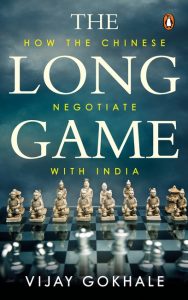
India’s relations with the People’s Republic of China have captured the popular imagination ever since the 1950s but have rarely merited a detailed understanding of the issues. Individual episodes tend to arouse lively debate, which often dissipates without a deeper exploration of the factors that shaped the outcomes. This book explores the dynamics of negotiation between the two countries, from the early years after Independence until the current times, through the prism of six historical and recent events in the India-China relationship. The purpose is to identify the strategy, tactics and tools that China employs in its diplomatic negotiations with India, and the learnings for India from its past dealings with China that may prove helpful in future negotiations with the country.
A Begum and A Rani

Exploring the lives of two remarkable women who chose to enter a field of activity which, in the middle of the nineteenth century, was seen a male domain, this book brings to light how unusual circumstances catapulted Begum Hazrat Mahal of Awadh and Rani Lakshmibai of Jhansi into the rebellion of 1857. Both of them sacrificed their lives trying to overthrow the British rule, which they considered to be alien and oppressive. Their resistance and their deaths are heroic and poignant.
The book captures the different trajectories of their lives and their struggles. In different but adjacent geographies these two women, both married into royal houses, decided to uphold traditions of ruling and culture that their husbands had established. These traditions had been subverted by the policies of Lord Dalhousie who had annexed both Awadh and Jhansi. While noting these similarities, it should be highlighted that Awadh was a large and sprawling kingdom with a long history whereas Jhansi was a small principality.
The rani and the begum never met, even though they were embroiled in the same struggle. It is the rebellion of 1857-58 that provides the context, which makes these two outstanding women feature in the same narrative. This book tells the story of two women in a rebellion.
The afterlives of the begum and the rani took on very different hues. The rani was made a nationalist icon: a woman on horseback with a raised sword, who died in battle. The begum was a relatively forgotten figure who did not get her due place in the roll call of honour. Revisiting the revolt of 1857 from a unique perspective and looking at their afterlives, the myths, this book attempts to set the record straight.
Looking at the revolt of 1857 from a different perspective, A Begum & A Rani is an act of retrieval.
Khwabnama
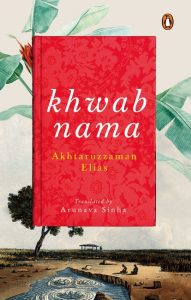
Bengal in the 1940s. Having overcome the famine and the revolt of the sharecroppers, Bengal’s peasants are uniting. Work is scarce and wages are low. There is barely any food to be had. The proposal for the formation of Pakistan, the elections of 1946, and communal riots are rewriting the contours of history furiously. Amidst all this, in an unnamed village, a familiar corporeal spirit plunges into knee-deep mud. This is Tamiz’s father, the man in possession of Khwabnama.
At first glance, Khwabnama is the tale of a harmless young farmhand who becomes a sharecropper and dreams of a future that has everything to do with the land that he cultivates and the soil that he tills. The fabric of his dreams, though, have as much to do with the history of
the land as its future, and as much to do with memories as with hope.
In this magnum opus, which documents the Tebhaga movement, wherein peasants demanded two-thirds of the harvest they produced on the land owned by zamindars, Akhtaruzzaman Elias has created an extraordinary tale of magical realism, blending memory with reality, legend with history and the struggle of marginalized people with the stories of their ancestors.
A Passage North

A Passage North begins with a message from out of the blue: a telephone call informing Krishan that his grandmother’s caretaker, Rani, has died under unexpected circumstances-found at the bottom of a well in her village in the north, her neck broken by the fall. The news arrives on the heels of an email from Anjum, an impassioned yet aloof activist Krishnan fell in love with years before while living in Delhi, stirring old memories and desires from a world he left behind.
As Krishan makes the long journey by train from Colombo into the war-torn Northern Province for Rani’s funeral, so begins an astonishing passage into the innermost reaches of a country. At once a powerful meditation on absence and longing, as well as an unsparing account of the legacy of Sri Lanka’s thirty-year civil war, this procession to a pyre ‘at the end of the earth’ lays bare the imprints of an island’s past and the unattainable distances between who we are and what we seek.
Written with precision and grace, Anuk Arudpragasam’s masterful novel is an attempt to come to terms with life in the wake of devastation, and a poignant memorial for those lost and those still alive.
The Incomparable Festival

The Incomparable Festival (Musaddas Tahniyat-e-Jashn-e-Benazir) by Mir Yar Ali (whose pen name was Jan Sahib) is a little known but sumptuous masterpiece of Indo-Islamic literary culture, presented here for the first time in English translation. The long poem, written in rhyming sestet stanzas, is about the royal festival popularly called jashn-e-benazir(the incomparable festival), inaugurated in 1866 by the Nawab Kalb-e-Ali Khan (r. 1865-87) with the aim of promoting art, culture and trade in his kingdom at Rampur in northern India. The task of commemorating the sights and wonders of the festival was given to the hugely popular writer of rekhti verse, the tart and playful sub-genre of the ghazal, reflecting popular women’s speech, of which Jan Sahib is one of the last practitioners.
Structured as an ode to the nawab, the poem is a world-album depicting various classes on the cusp of social upheaval. They include the elite, distinguished artists and commoners, brought together at the festivities, blurring the distinction between poetry, history and biography, and between poetic convention and social description. The book is a veritable archive of the legendary khayal singers, percussionists, and instrumentalists, courtesans, boy-dancers, poets, storytellers (dastango) and reciters of elegies (marsiyago). But, above all, the poem gives voice to the ‘lowest’ denizens of the marketplace by bringing to light their culinary tastes, artisanal products, religious rituals and beliefs, and savoury idioms, thereby focusing on identities of caste and gender in early modern society.
This Penguin Classics edition will be of interest not just to the Urdu and Hindi literary historian, but to specialists and readers interested in the histories of music, dance, and the performative arts, as well as scholars of gender and sexuality in South Asia. Lovers of Urdu poetry will find in it a forgotten masterpiece.
Savarkar

Decades after his death, Vinayak Damodar Savarkar continues to uniquely influence India’s political scenario. An optimistic advocate of Hindu-Muslim unity in his treatise on the 1857 War of Independence, what was it that transformed him into a proponent of ‘Hindutva’? A former president of the All-India Hindu Mahasabha, Savarkar was a severe critic of the Congress’s appeasement politics. After Gandhi’s murder, Savarkar was charged as a co-conspirator in the assassination. While he was acquitted by the court, Savarkar is still alleged to have played a role in Gandhi’s assassination, a topic that is often discussed and debated.
In this concluding volume of the Savarkar series, exploring a vast range of original archival documents from across India and outside it, in English and several Indian languages, historian Vikram Sampath brings to light the life and works of Vinayak Damodar Savarkar, one of the most contentious political thinkers and leaders of the twentieth century.
Strictly at Work
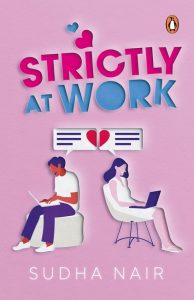
Simi works in marketing at a furniture company. Ranvir is an analyst at a finance startup.While their desks happen to be on the same floor at Bizworks, a swanky co-working space in Bangalore, their paths aren’t meant to cross. But as circumstances bring them together again and again, they find it harder to deny the spark between them.
In a live-in relationship with his girlfriend, Ranvir doesn’t expect to have feelings for someone else. And while Simi’s family pushes for the perfect arranged match for her, she knows she doesn’t love the man her parents want her to marry.
When their personal lives clash with their attraction at work, Simi and Ranvir must decide if they want to remain just co-workers or mean more to each other.
Harsh Realities
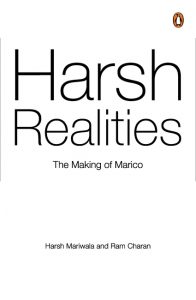
Breaking away from the shackles of family-run Bombay Oils Industries Ltd, Harsh Mariwala founded Marico in 1987. Today, the homegrown Marico is a leading international FMCG giant which recorded an annual turnover of over Rs 8000 crore last year. Their products, like Parachute, Nihar Naturals, Saffola, Set Wet, Livon and Mediker, are market leaders in their categories. This is the story of grit, gumption and growth, and of the core values of trust, transparency and innovation which have brought the company to its current stature. Co-authored by leading management thinker and guru Ram Charan, Harsh Realities is a much-awaited business book by an innovative and clear-headed leader who built a highly professional, competitive business from the ground up.
Sarasvati’s Gift

Sarasvati, the feminine force worshipped as the goddess of learning, is a household name, yet we barely know much about the goddess. She is known as a lost river and seen as a singular goddess, never as part of a couple, such as Shiva-Parvati or Lakshmi-Narayan. In Sarasvati’s Gift, Kavita Kane brings to light Sarasvati’s story-the goddess of art, music and knowledge-told in the voices of nameless celestials, powerful gods and lesser mortals. The book explores her relationship with her Creator, Brahma, and their unusual marriage-a union of fiercely independent minds and the most non-conforming, unconventional of the Triumvirate couples. As these peripheral figures and silent catalysts take centre stage, we get a glimpse of an extraordinary woman and her remarkable story, obscured and buried under myths and legends.
Brand Activism

What happens when businesses and their customers don’t share the same values? Or, for that matter, when employees of a company don’t share the same values as their executives? Welcome to the world of Brand Activism.
Companies no longer have a choice. Brand Activism consists of business efforts to promote, impede, or direct social, political, economic, and/or environmental reform or stasis with the desire to promote or impede improvements in society. It is driven by a fundamental concern for the biggest and most urgent problems facing society.
Brand Activism: From Purpose to Action is about how progressive businesses are taking stands to create a better world.
Life and Death of Sambhaji
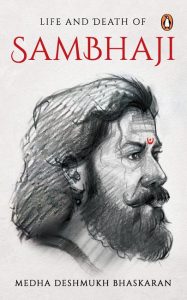
It begins to dawn on the nine-year-old Sambhaji that his father has fled from the clutches of the Mughal badshah Aurangzeb and left him behind. He must now find his way back home with the help of strangers . . .
Under the shadow of an illustrious father, Sambhaji finds himself thrust into the Maratha-Mughal conflict from a tender age. His mistakes cost him dearly and when his father suddenly dies and he becomes the chhatrapati, it is as if he has inherited a crown of thorns.
In the nine years that follow, he faces a constant battle-internally, as palace intrigues simmer to kill him, and externally, as Aurangzeb descends on the Deccan with full military force.
Even Chhatrapati Shivaji had never faced a full-blown Mughal aggression.
Will he be able to protect the Maratha nation and Swaraj that was his father’s dream? Will he prove to be a worthy son to his father-in life as well as in death?
History has been unfair to Sambhaji, but it can’t deny that he inspired a generation of Maratha warriors, who eventually ensured the end of Aurangzeb’s jihad.
Asoca

Asoca-often spelled Ashoka-was hailed as Ashoka the Great, the emperor who ruled most of the Indian Subcontinent and was pivotal in the spread of Buddhism from India to other parts of Asia in the third century BC.
But his life as emperor was not always led by non-violence. History has it that he masterminded one of the biggest and deadliest wars ever fought, and it was the insurmountable grief he experienced at the sight of the people dying and dead on the battleground that made him turn to Buddhism and take a vow of ahimsa.
Who was the man, and who was the king? What were his demons, and what gave him strength? This historical novel, drawn from research and portrayed with energy and complexity, transports the reader to the era of the Mauryan dynasty with atmospheric vividness and insight. Epic in scope and Shakespearean in drama, Asoca: A Sutra leaves the reader breathless with the full-bodied richness of Sealy’s prose, his trademark whimsy and his imaginative modern reconstruction of that enigmatic and brilliant ruler of the Indian subcontinent.







